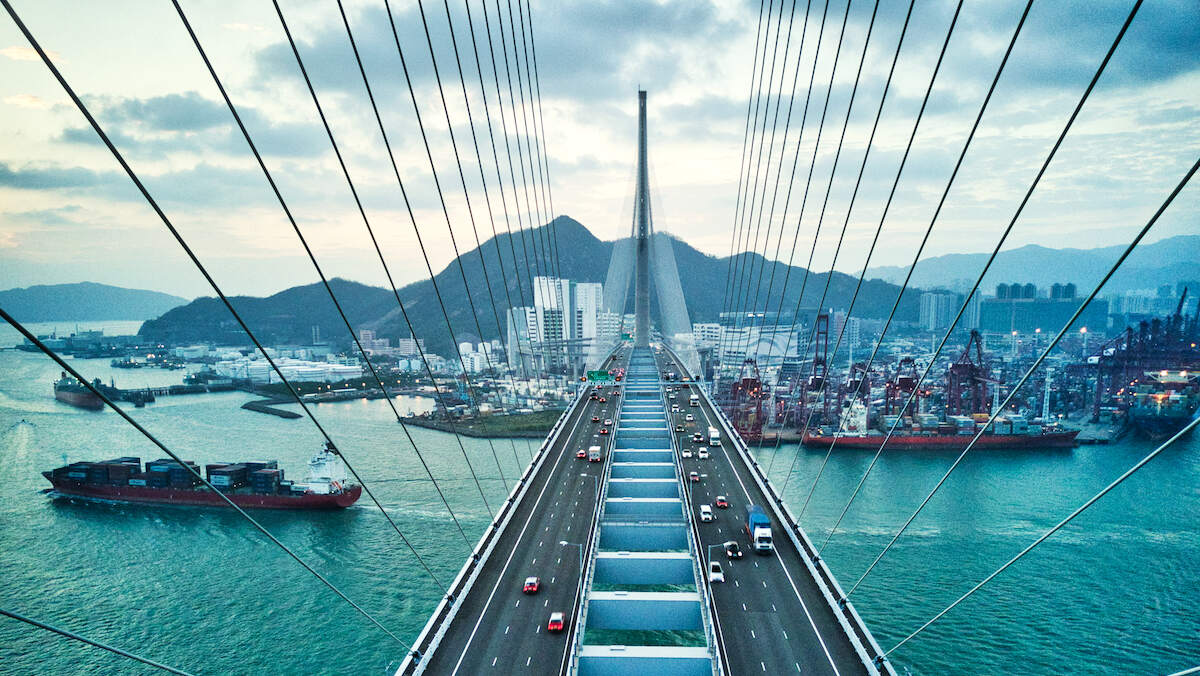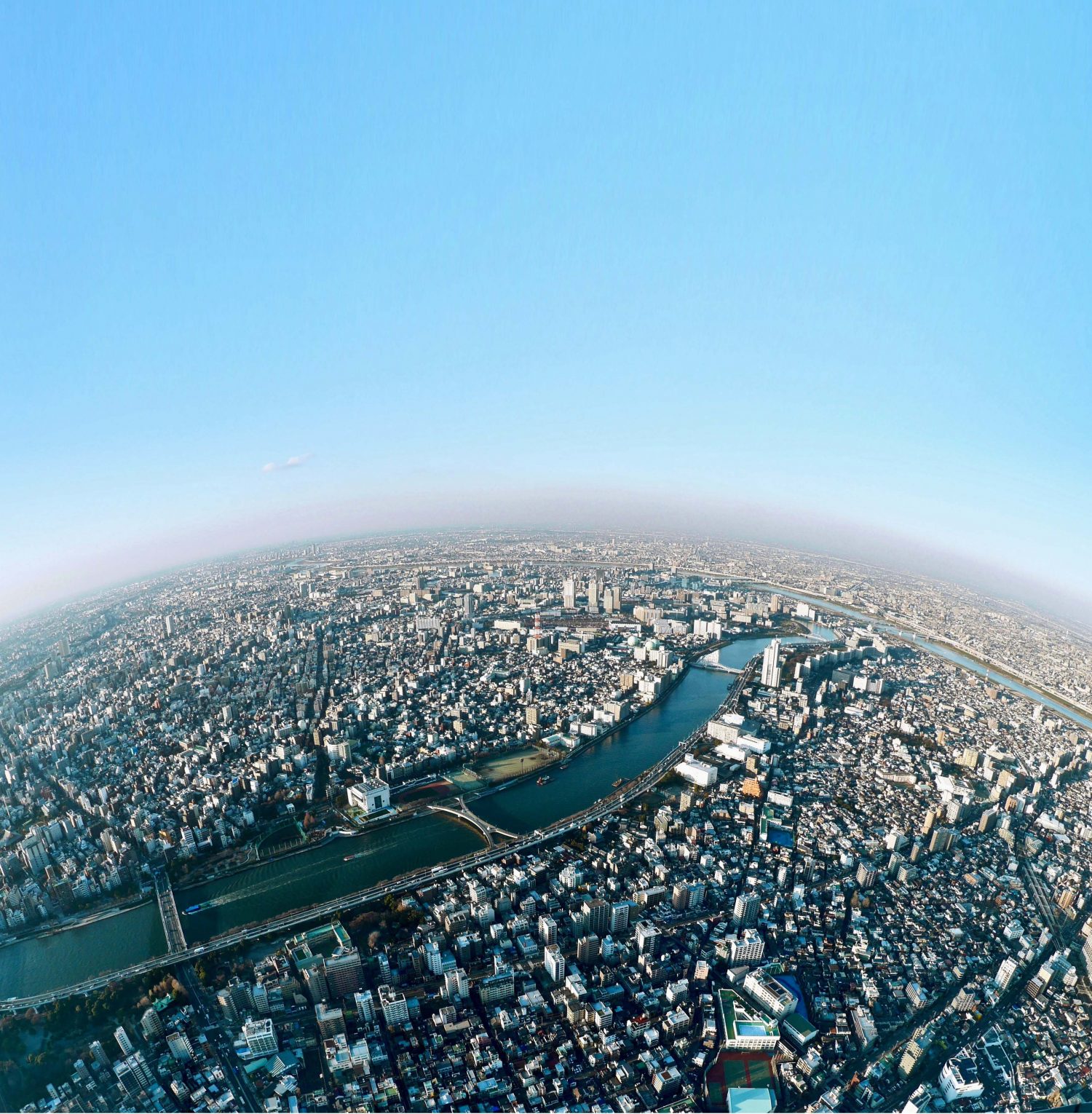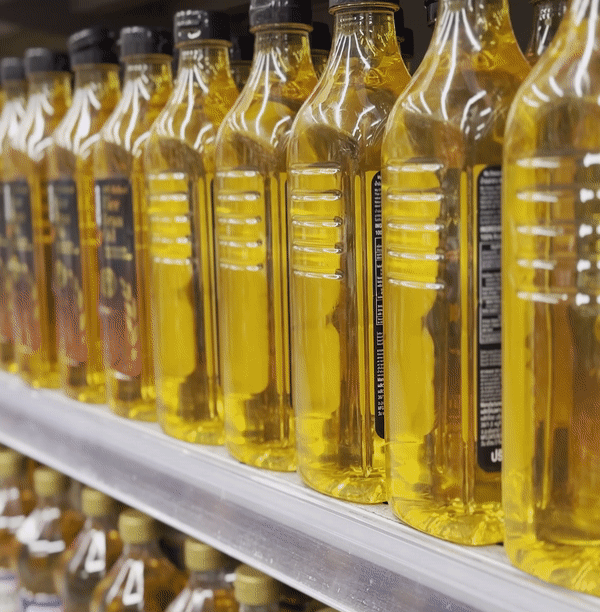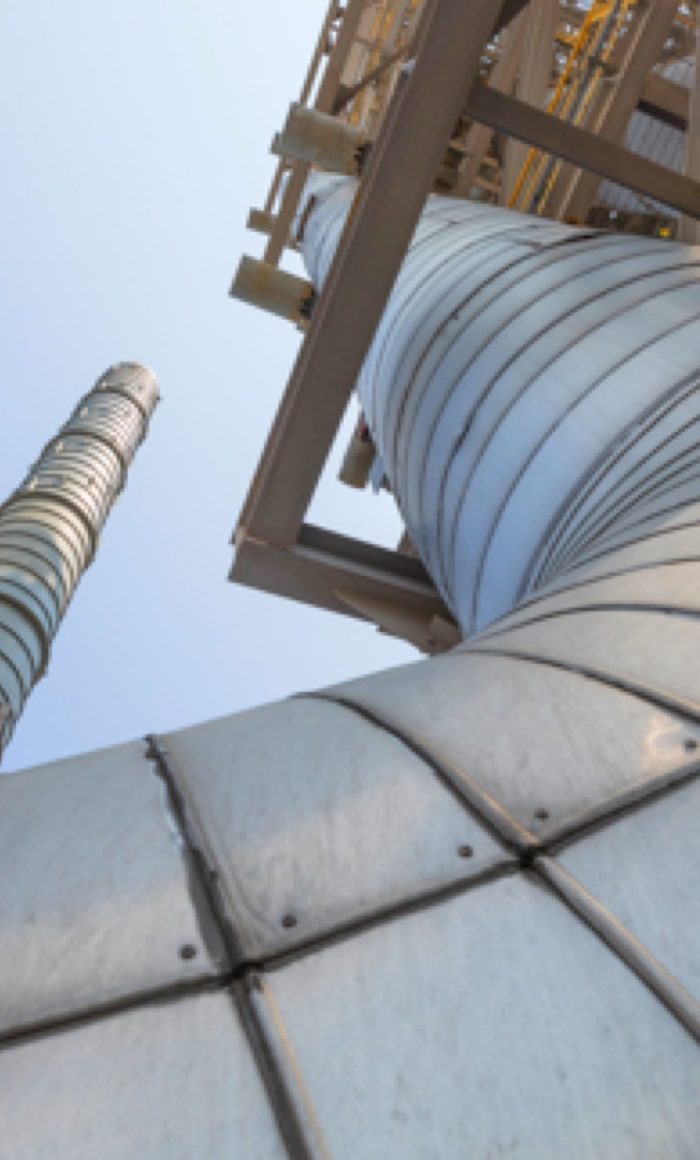The way the world moves is changing, driven predominately by a changing Asia-Pacific and the long-term impacts of COVID-19.
The number of drivers has increased dramatically in the region, with automobile ownership numbers between 2005 and 2015 growing at a rate of more than 13 per cent every year with these drivers travelling more 16 trillion kilometres by road in 2015 alone.
While China’s new vehicle consumption fell in late 2019, and crashed following the emergence of COVID-19 in early 2020, it swiftly bounced back as coronavirus restrictions were withdrawn, with forecasts of continued growth as people stay away from mass transport and choose private vehicles instead.
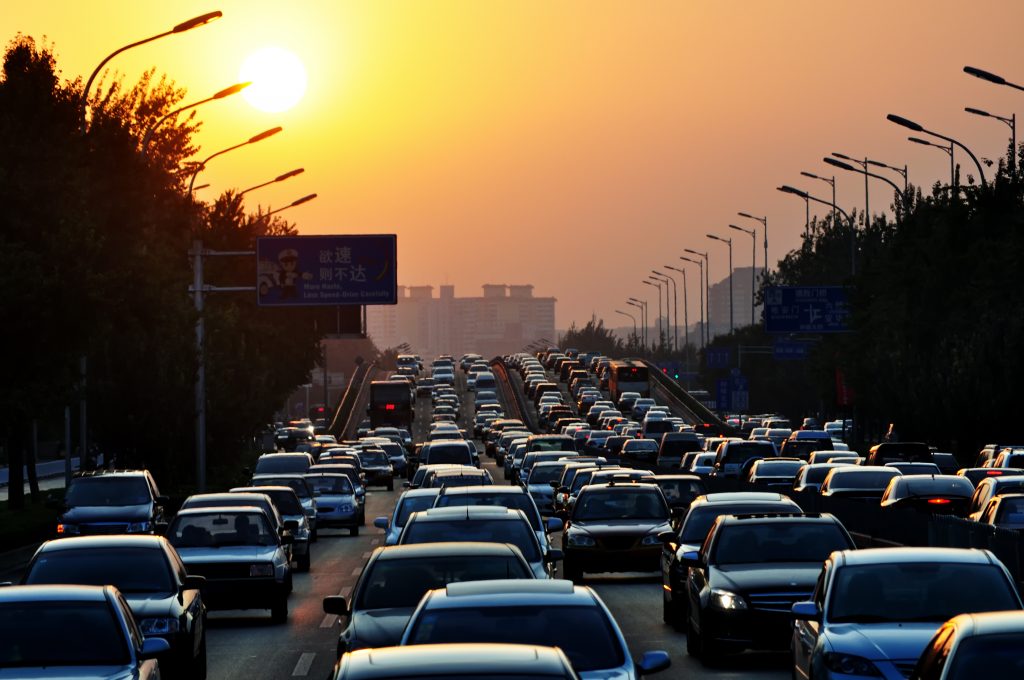
People in China have turned to cars in greater numbers as they avoid public transport.
This preference for personal vehicles has led to a boom in Beijing traffic – 50 per cent above pre-virus averages – as commuters snub public transportation, while in South Korea new car sales have already risen above 2019 levels.
The impact of coronavirus has fundamentally changed how the world moves.
It is being further changed by a growing middle class in Asia-Pacific who now has access to an improved lifestyle.
That introduction to a new lifestyle means more people in the region, especially in developing countries, are buying personal vehicles, travelling, shopping for products delivered from around the world and expanding their own businesses. It also means more goods are being transported as the supply network feeding this growing demand expands.
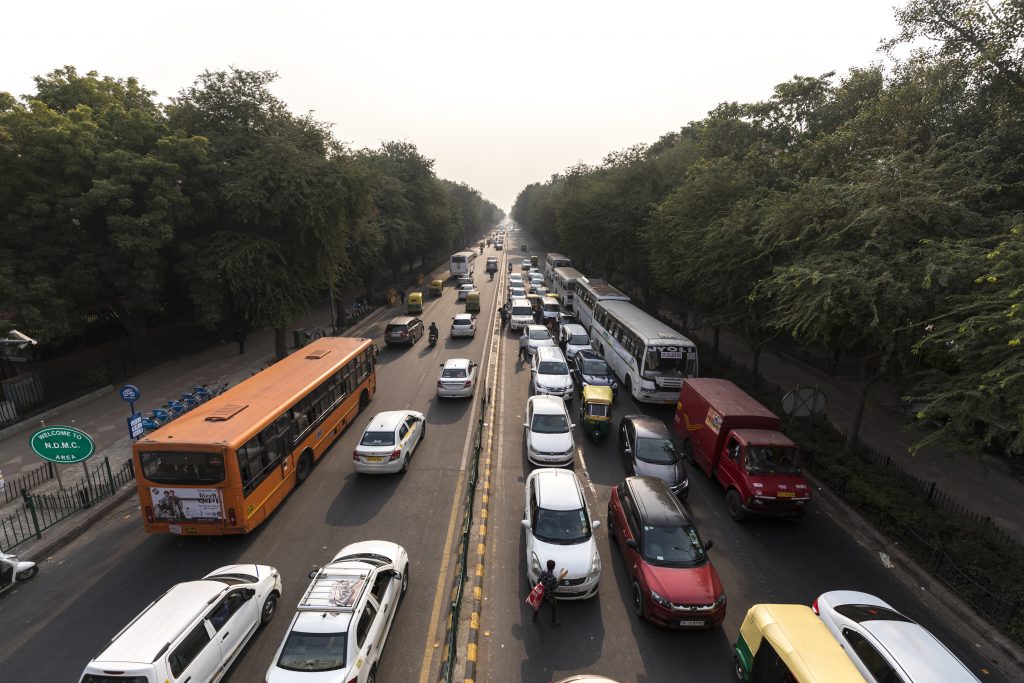
The rise of India’s middle class has increased people’s levels of mobility.
But as that demand for more goods – and the logistics to support them – grows, so too do the new technologies that improve energy efficiency and enable drivers to get more out of their vehicles.
Better fuels, lighter automobile materials like plastics and improved lubricants that mean cars can travel longer between oil changes are improving vehicle efficiencies.
These vehicles hitting the road can now drive more miles on less fuel, as auto manufacturers produce cars and light trucks that have better fuel economy and fewer CO2 emissions.
These drivers are also leaning more on compressed natural gas (CNG) as a fuel source for heavy-duty vehicles – with the added benefit of also improving air quality.
CNG is different to liquefied natural gas (LNG) as it does not need to be stored at low temperatures, and has a cheaper cost of production storage.
The adoption of natural gas as a transportation fuel helped reduce particulate matter in cities like New Delhi by 16 per cent between 2002 and 2007, setting a new base standard for the city to continue to work on improving its air quality.
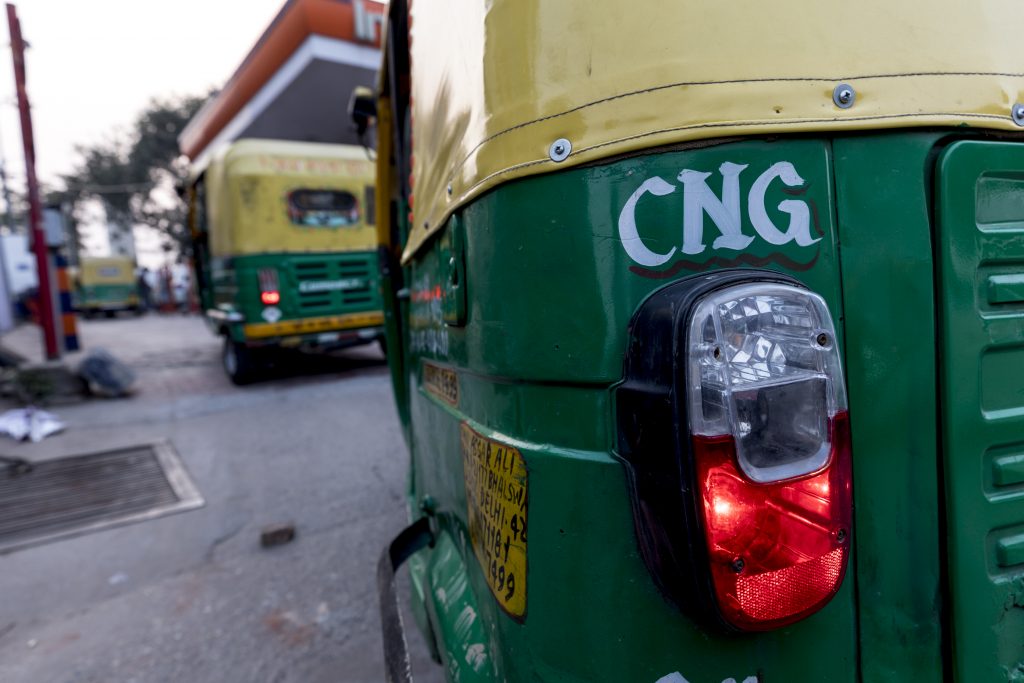
Busses and auto rickshaws in India have switched to cleaner CNG fuel, helping to cut air pollution levels.
It is also cheaper for end-users than diesel fuel, allowing for greater participation in the industry by all sections of society.
Recently, the Indian state of Maharashtra also announced that it will be converting its entire fleet of 18,500 diesel-fuelled buses to LNG to reduce operating costs and emission levels.
The International Energy Agency also projects that innovative battery technologies will help power more efficient electric vehicles (EVs). These EVs are forecast to comprise a greater part of the future vehicle fleet, with natural gas and oil playing a role in supporting their growth.
All of this means smarter and cleaner energy use on the road over the next two decades.
It’s all part of the complex landscape that makes up the daily buzz of transportation fuel consumption.
